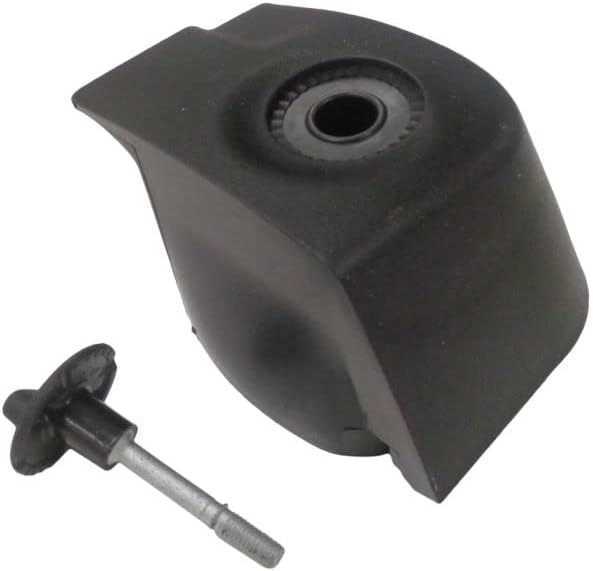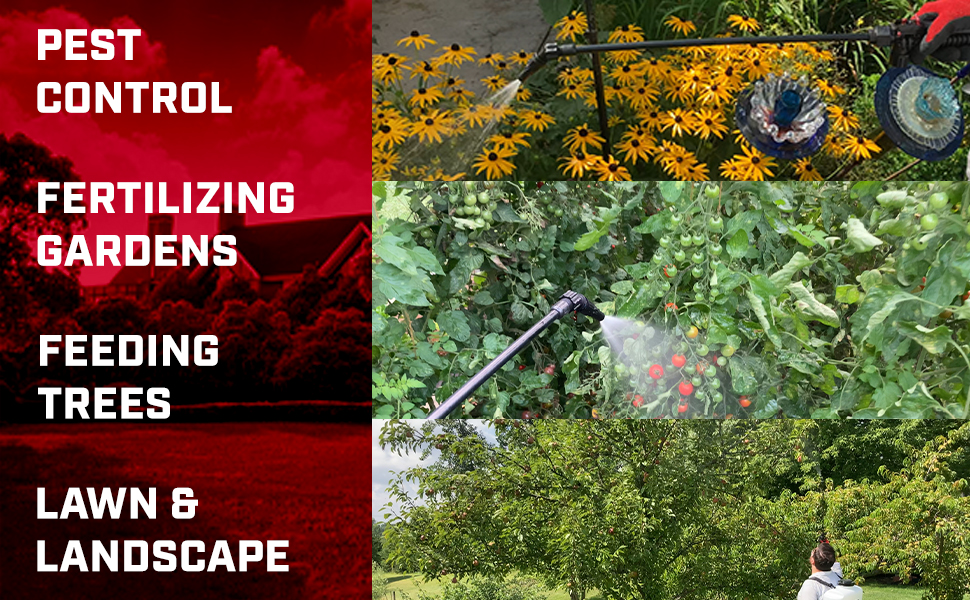Winterizing your Stihl backpack sprayer isn’t just about protecting it from the elements; it’s about ensuring its longevity and peak performance when spring rolls around. Unlike simply stashing it in the shed, proper winterization involves several key steps that will prevent damage and costly repairs. This detailed guide walks you through the process, covering everything from draining fluids to properly storing your valuable equipment.
Why Winterizing Your Stihl Backpack Sprayer Matters

The harsh conditions of winter – freezing temperatures, moisture, and fluctuating humidity – can wreak havoc on your Stihl backpack sprayer. Water left in the system can freeze, expanding and potentially cracking components. Corrosion can set in, damaging metal parts and shortening the lifespan of your machine. A little preventative care now saves you significant headaches (and expenses!) down the line. Think of it as an investment in your equipment’s future.
Step-by-Step Winterization Guide: A Detailed Breakdown

Let’s get into the specifics of winterizing your Stihl backpack sprayer. The process is straightforward, but paying close attention to detail makes all the difference:
1. Thorough Cleaning: The Foundation of Winter Protection
Before you begin any other steps, give your sprayer a thorough cleaning. Remove any residual spray solution from the tank, pump, and wand. Rinse everything thoroughly with clean water. Pay special attention to any nozzles or filters, making sure to remove any clogs or debris. A clean machine is a happy machine, and a clean machine is less prone to winter damage.
2. Draining the System: Removing All Traces of Liquid
This is crucial. Completely drain the tank of any remaining solution. Then, if your model allows, loosen any drain plugs or valves to remove any liquid from the pump and lines. For some models, you might need to use compressed air to help expel any lingering liquid. Consult your Stihl backpack sprayer’s manual for specific instructions on draining the system completely. Remember, even a small amount of residual liquid can freeze and cause damage.
3. Fuel System Care (For Engine-Powered Models):
Engine-powered Stihl backpack sprayers require extra attention. If your model is gasoline powered, drain the fuel tank completely. Fresh gasoline can degrade over time, leading to gumming and clogging of the carburetor. Run the engine until it stalls to clear the fuel lines. Adding a fuel stabilizer before winter storage helps maintain fuel quality, but draining is still the best practice. If it’s a two-stroke engine, follow the manufacturer’s instructions for cleaning and storing the fuel system.
4. Protecting Against Corrosion: Preventing Rust and Damage
After draining, apply a light coat of corrosion inhibitor to any exposed metal parts. This will help protect against rust and corrosion throughout the winter months. A silicone-based spray lubricant is also beneficial for moving parts to prevent seizing.
5. Storage: Keeping Your Sprayer Safe and Sound
Store your Stihl backpack sprayer in a cool, dry place, preferably indoors. Avoid storing it in direct sunlight or in areas prone to temperature fluctuations. A clean, dry, and temperature-stable environment is optimal for long-term storage.
6. Documentation and Maintenance Log: Tracking Your Efforts
Keeping a simple maintenance log of when you winterized your sprayer, including the steps you followed, can be beneficial for future reference. This can be as simple as a note in a notebook or a digital record. Being organized will ensure you’re prepared for the next spraying season.
Understanding Your Stihl Backpack Sprayer

Before we wrap up, let’s briefly touch upon some features common to Stihl backpack sprayers that influence winterization:
Engine Options: Gasoline vs. Battery-Powered
Stihl offers both gasoline and battery-powered backpack sprayers. Gasoline models require the more extensive fuel system care mentioned above, whereas battery-powered models mainly focus on cleaning and storage. Always refer to the specific manual for your model.
Torque and Performance: Why it Matters
The torque of an engine-powered Stihl backpack sprayer refers to its rotational force, crucial for consistent spraying performance. High torque allows for easier operation, especially when spraying thicker solutions or working uphill. Proper winterization helps maintain this performance by preventing damage to engine components.
Comparing Stihl to Competitors
Stihl backpack sprayers are known for their durability, reliability, and ease of use, but the best choice for you will depend on your individual needs. Research competitor models (e.g., Solo, Field King) and compare features like tank capacity, pressure settings, engine power, and ergonomics to find the best fit. Proper winterization, however, is essential for maximizing the lifespan of any backpack sprayer, regardless of brand.
Practical Advice and Tips

Here are some practical tips to enhance your winterization process:
- Always consult your Stihl backpack sprayer’s manual for specific instructions.
- Use only recommended cleaning agents and lubricants.
- If you’re unsure about any step, consult a Stihl dealer or professional.
- Take photos of your sprayer before disassembling it for easier reassembly in the spring.
- Invest in a quality storage cover to protect your sprayer from dust and debris.
By following these steps and tips, you can ensure your Stihl backpack sprayer will be ready for action when spring arrives, saving you time, money, and frustration in the long run. Remember, proper winterization is an investment in the health and longevity of your equipment.